
Jawaharlal Nehru was an Indian anti-colonial nationalist, secular humanist, social democrat, and statesman who was a central figure in India during the middle of the 20th century. Nehru was a principal leader of the Indian nationalist movement in the 1930s and 1940s. Upon India's independence in 1947, he served as the country's first prime minister for 16 years. Nehru promoted parliamentary democracy, secularism, and science and technology during the 1950s, powerfully influencing India's arc as a modern nation. In international affairs, he steered India clear of the two blocs of the Cold War. A well-regarded author, the books he wrote in prison, such as Letters from a Father to His Daughter (1929), An Autobiography (1936) and The Discovery of India (1946), have been read around the world.

Hulegu Khan, also known as Hülegü or Hulagu, was a Mongol ruler who conquered much of Western Asia. Son of Tolui and the Keraite princess Sorghaghtani Beki, he was a grandson of Genghis Khan and brother of Ariq Böke, Möngke Khan, and Kublai Khan.
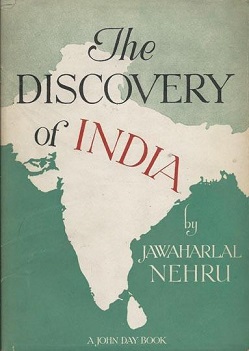
The Discovery of India was written by the Indian freedom fighter Jawaharlal Nehru during his incarceration in 1942–1945 at Ahmednagar Fort in present-day Indian state of Maharashtra by British colonial authorities before the independence of India. The book was written in 1944 but published in 1946.

Sorghaghtani Beki or Bekhi, also written Sorkaktani, Sorkhokhtani, Sorkhogtani, Siyurkuktiti, posthumous name Empress Xianyi Zhuangsheng, was a Keraite princess and daughter-in-law of Genghis Khan. Married to Tolui, Genghis' youngest son, Sorghaghtani became one of the most powerful and competent people in the Mongol Empire. She made policy decisions at a pivotal moment that led to the transition of the Mongol Empire towards a more cosmopolitan and sophisticated style of administration. She raised her sons to be leaders and maneuvered the family politics so that all four of her sons, Möngke Khan, Hulagu Khan, Ariq Böke, and Kublai Khan, went on to inherit the legacy of their grandfather.

Genghis Khan and the Making of the Modern World (2004) is a history book written by Jack Weatherford, Dewitt Wallace Professor of Anthropology at Macalester College. It is a narrative of the rise and influence of Mongol leader Genghis Khan and his successors, and their influence on European civilization. Weatherford provides a different slant on Genghis Khan than has been typical in most Western accounts, attributing positive cultural effects to his rule.
Khulan was an empress consort of Genghis Khan and head of the second Court of Genghis Khan. Her status in the Mongol Empire was second only to Grand Empress Börte.

Queen Mandukhai, also fully known as Wise Queen Mandukhai was a queen of the Northern Yuan. With her second husband Batmunkh Dayan Khan, she helped reunite the warring Mongols.

Jack McIver Weatherford is the DeWitt Wallace Professor of anthropology at Macalester College in Minnesota. He is best known for his 2004 book, Genghis Khan and the Making of the Modern World. In 2006, he was awarded the Order of the Polar Star, and the Order of Genghis Khan in 2022, Mongolia’s two highest national honors. Moreover, he was honoured with the Order of the Gran Mariscal de Ayacucho by the Government of Bolivia in 2014.

An Autobiography, also known as Toward Freedom (1936), is an autobiographical book written by Jawaharlal Nehru while he was in prison between June 1934 and February 1935, and before he became the first Prime Minister of India.

In modern times the Mongols are primarily Tibetan Buddhists, but in previous eras, especially during the time of the Mongol empire, they were primarily shamanist, and had a substantial minority of Christians, many of whom were in positions of considerable power. Overall, Mongols were highly tolerant of most religions, and typically sponsored several at the same time. Many Mongols had been proselytized by the Church of the East since about the seventh century, and some tribes' primary religion was Christian. In the time of Genghis Khan, his sons took Christian wives of the Keraites, and under the rule of Genghis Khan's grandson, Möngke Khan, the primary religious influence was Christian.

Genghis Khan, also known as Chinggis Khan, was the founder and first khan of the Mongol Empire. After spending most of his life uniting the Mongol tribes, he launched a series of military campaigns, conquering large parts of China and Central Asia.
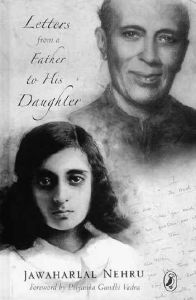
Letters from a Father to His Daughter is a collection of letters written by Jawaharlal Nehru to his daughter Indira Nehru, originally published in 1929 by Allahabad Law Journal Press at Nehru's request and consisting of only the 30 letters sent in the summer of 1928 when Indira was 10 years old. He arranged a second edition in 1931 and subsequently, further reprints and editions have been published.
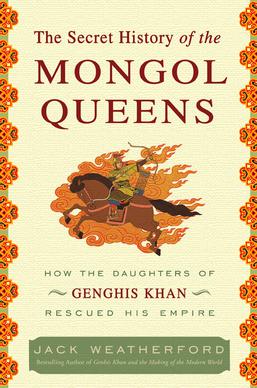
The Secret History of the Mongol Queens: How the Daughters of Genghis Khan Rescued His Empire is a 2010 book by Jack Weatherford, about the impact and legacy of Genghis Khan's daughters and Mongol queens such as Mandukhai the Wise and Khutulun. The book references Mongolian, Central Asian, Persian, European and Chinese sources such as Altan Tobchi, Erdeni Tobchi, Erdenyin Tunamal Sudar, Tarikh-i-Rashidi, Tarikh-i Jahangushay-i Juvaini, and Ming shi in addition to various secondary sources in English, Mongolian, and German.
Krishna Prasad Dar (1893-1977) was an Indian printer, publisher and writer, known for his book, Kashmiri Cooking, a book detailing Kashmiri cuisine. Born in Kolkata, in the Indian state of West Bengal on 30 January 1893 to Har Prasad Dar and Pranpati as one of their five children, he completed his college studies at the St. Xavier's College, Calcutta. Later, he set up a printing press, Allahabad Law Journal Press, which grew to become one of the leading printers and publishers of the region. It was at this press that some of the books of Jawaharlal Nehru such as Letters from a Father to His Daughter and Glimpses of World History were published.
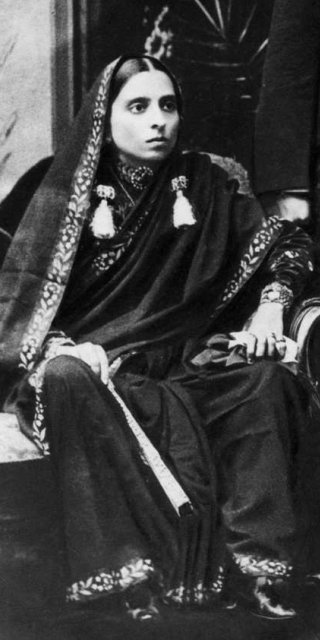
Swarup Rani Nehru was an Indian independence activist. She was the wife of barrister and Indian National Congress leader Motilal Nehru and the mother of India's first Prime Minister, Jawaharlal Nehru.
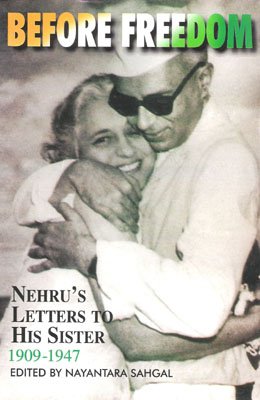
Before Freedom: Nehru's Letters to His Sister 1909–1947 is a collection of letters written by Jawaharlal Nehru between 1909 and 1947, to his sister Vijaya Lakshmi Pandit, affectionately referred to as Nan. The collection was edited and compiled by his niece, Nayantara Sahgal, and was first published in 2000 by HarperCollins. A later edition with an additional letter by Nehru to his sister following the death of her husband Ranjit Sitaram Pandit, was published in 2004 by Roli Books.
Saul Kussiel Padover was a historian and political scientist at the New School for Social Research in New York City who wrote biographies of philosophers and politicians such as Karl Marx and Thomas Jefferson.

Ranjit Sitaram Pandit was an Indian barrister, politician, author and scholar from Rajkot in the Kathiawar region of India. He is known for his role in the Indian non-cooperation movement, and for translating the Sanskrit texts Mudrarakshasa, Ṛtusaṃhāra and Kalhana's Rajatarangini into English.
Genghis Khan had many wives and concubines. Wives and concubines were frequently acquired from conquered territory, and, in the case of Genghis Khan, sometimes whole empires, and the women enrolled as either his wives or concubines were often princesses or queens that were either taken captive or gifted to him.

Shobha Nehru, commonly known as Fori Nehru and Auntie Fori, was a Hungarian-born Indian social worker and the wife of the Indian civil servant Braj Kumar Nehru of the Nehru family.
















